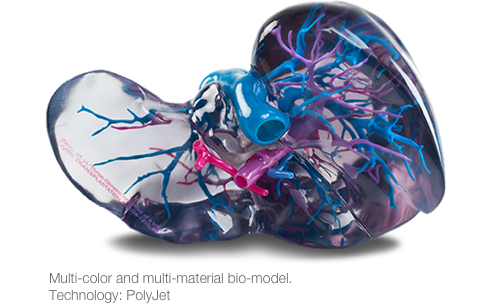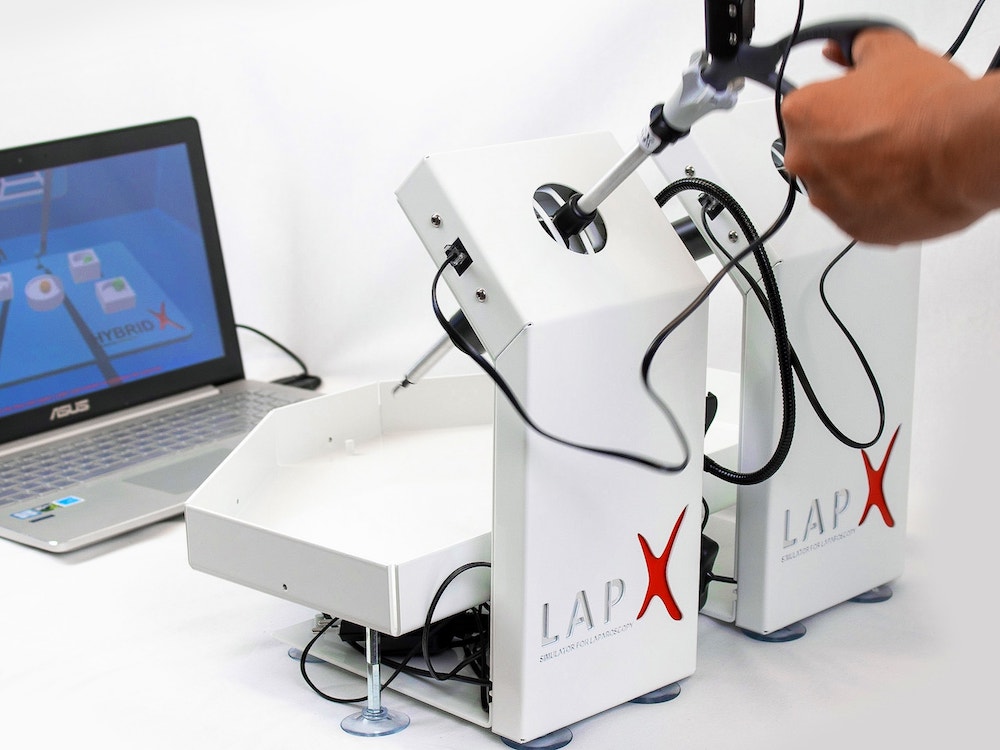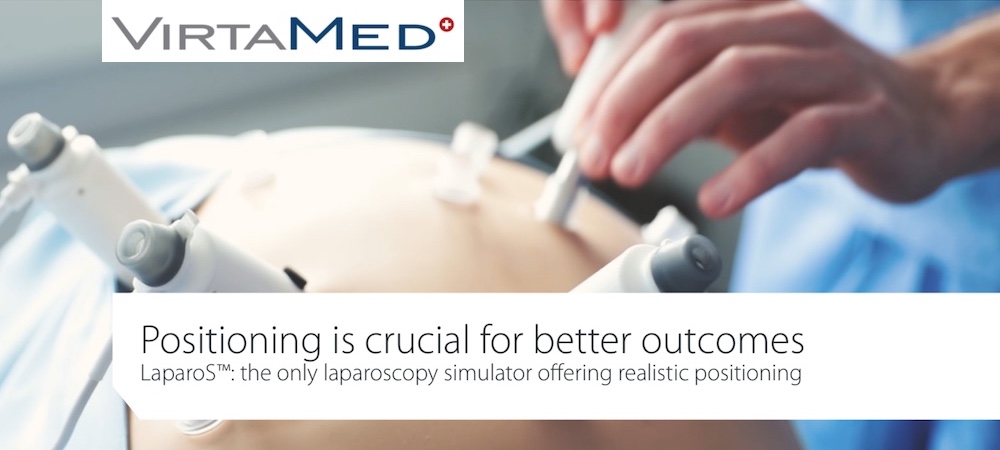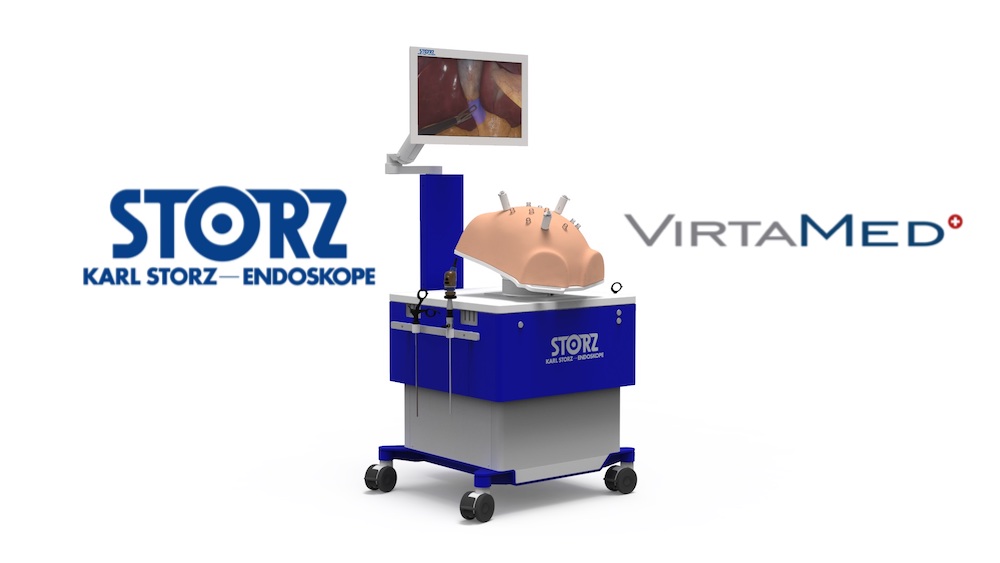Continuing our coverage of IMSH 2017 exhibits, today HealthySim shares an interview with Stratasys to learn more about their innovative 3D printer technologies which provide realistic medical models. Using multiple printer heads allows Stratasys customers to print a variety of 3d models with different plastics, creating vibrant products with flexible components. Watch our video interview below to see the printer in action!
Applications Within Medicine for Stratasys 3D printed Models:
Medical Device Prototyping: Get to market faster with clinically meaningful and marketable products. Use 3D printing solutions to rapidly produce prototypes with the shape, texture, and material properties of any medical device. Validate device performance on patient-derived 3D printed anatomical models versus existing models such as animals and cadavers. Based on real patient imaging, 3D printed models mimic a variety of tissue properties in a single print. Stratasys Medical 3D Printing Solutions can help you accelerate product development from 3D printed concept models to preclinical testing allowing manufacturers to gain certainty, test anywhere, and mitigate cost overruns.
Education and Training: 3D printed multi-material models can replicate the complexity and wide range of patient pathology, making them superior tools for medical education. But how do 3D printed models compare to traditional training methods? Conduct clinically relevant training anywhere on realistic anatomical models customized for virtually any clinical scenario. Provide a memorable, hands-on experience with customized models that represent specific pathologies and mimic human tissue and bone. Multi-material 3D medical printing creates accurate, versatile models in less time and at a fraction of the cost.
Surgical Planning Models: Optimize surgical planning with spatially, tactilely, and physically accurate models based on patient scans. Surgical teams can use the 3D printed models to plan therapeutic approaches, and make more efficient use of expensive operating room time. Advance medical outcomes one patient at a time. By creating patient-specific models on demand, surgeons can better prepare for procedures and operate with greater efficiency and confidence.






